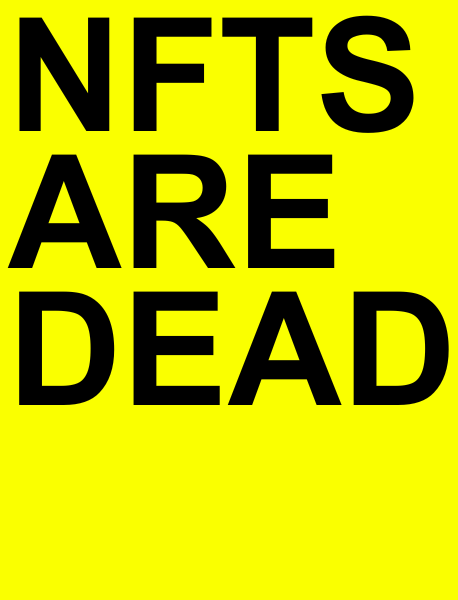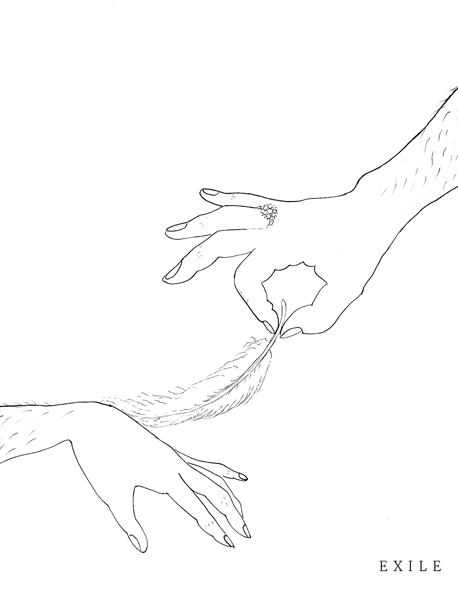Submission
February 20, 2024
DATURA
Group show curated by Marie Ségolène C Brault @Espace Maurice, Montreal
January 20 — February 17, 2024
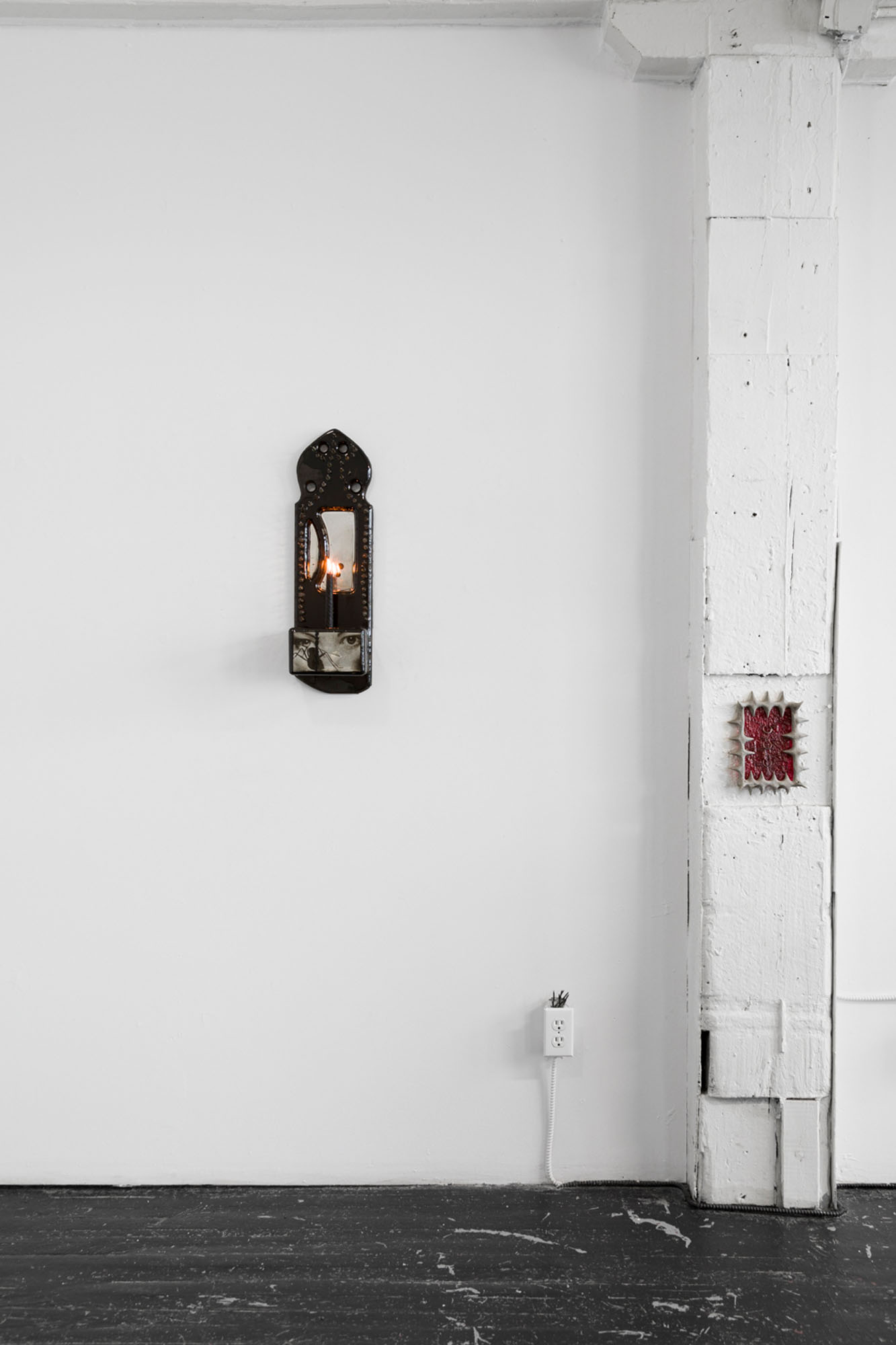
“Traumatism as an opening to the future of the wound is the promise of a text.” (Cixous, 1998, p13)
In medical terms, we speak of dehiscence when there is a partial or complete reopening of a wound’s edges due to improper healing. Dehiscence can occur internally or externally and can be caused by multiple factors such as inadequate aseptic techniques, inadequate undermining of the wound, infection, smoking, a strain or heavy lifting.
In botany, dehiscence describes the spontaneous opening at maturity of a plant’s anther to release its content. The shattering of pod shells frees pollen and seeds, assuring the reproduction of the plant. When the datura’s thorny pod cracks open, it reveals dark bluish seeds around a central kernel. It opens in a way that would be impossible to suture back, agape so wide it would remind you of butterfly wings or a blooming onion.
There are wounds that do not heal: chronic wounds. These either reopen or remain painfully swollen for months on end. An open wound is subject to infection: bacteria colonizes the opening, interfering with the skin’s ability to heal. Bacteria is always found in chronic ulcers. In its spread, it is as if it claims ownership on time. The wound remains visible, painful.
The flowers bloom at night, around sunset. Daturas mostly grow in a warm, sunny climate, reseeding themselves to the point of invasion. In the Americas, they can be found from the east to the west, thriving in harsh soils, landfills and jungles alike.
In Youngstown, one of us slices his shin open, close to the ankle, a wound too deep not to suture. In Stigmata, Cixous writes of writing as conjuring – maintaining and reanimating traces. One of the central stories deconstructed in the book, is a childhood memory of being bit by her dog. A bite that occurred shortly after the passing of her father and that left a unique scar on her foot. Her scar: an awful treasure, a proof, a testimony, a transfiguration. The shin wound reopened, twice. As if attempting to halt time, but instead confirming the probability of a scar, the indelible confirmation of our time spent there. Stigma from stigmè: the point, the spike or the punctuality of the instant, an incessant sting. Youngstown: a name which in itself implies a neverland of sorts, or time halted. Every town surely has its ghosts. But in some they feel more present than in others.
Again, in botany, stigma a part of the pistil, where the male pollen germinates. “In its cavity resurrection is hatched. What is dead and what will live share the same bed. Tomb cradle: another definition of Stigma.” (Cixous, 13)
There are up to 14 varieties of daturas, all equally frightening and alluring. The leaves and essence have been used for their medicinal properties since pre-antiquity. In the indigenous communities of Asia and South America, datura healed pain and anxieties and was used in specific shamanistic rituals or rites of passage. Records from the 17 and 1800s, describe its use for soothing pain topically, healing burns or wounds or as a sleeping aid. The datura is deadly. Accounts of hallucinations caused by the plant seem to have similar throughlines – black dogs, being one of them. Visions are said to linger way past the time of intoxication: apparitions of silhouettes or faces lurk in the back of one’s eyes for months before permanently fading away.
The flower’s parapsychological properties are believed to be occultist. The datura will command respect and make its power known. There are accounts of subjects feeling intoxicated solely from its scent. To assuage the flower’s fury one should either provide an act of service towards the plant or partake in an act of sacrifice.
I do not know for certain what each of us traded for the plant, some heard her commanding voice, others didn’t mention as much. One thing is for sure many a drink was spilled over in her honor, libations poured back into the earth between emptied bullet shells, rocks, broken glass and wet paper. I have always been seduced by the idea that the dead receive the wine poured into the ground –that it somehow carries through. None of us had foreseen the changes that were brought forth by our time there. The grief that would hit some of us, the alterations in our work, the coincidences, the openings, the revelations we all seemed to feel simultaneously.
If you’d ask some of us, why the flower – we’d tell you she seemed to have picked us first.
— Marie Ségolène C Brault
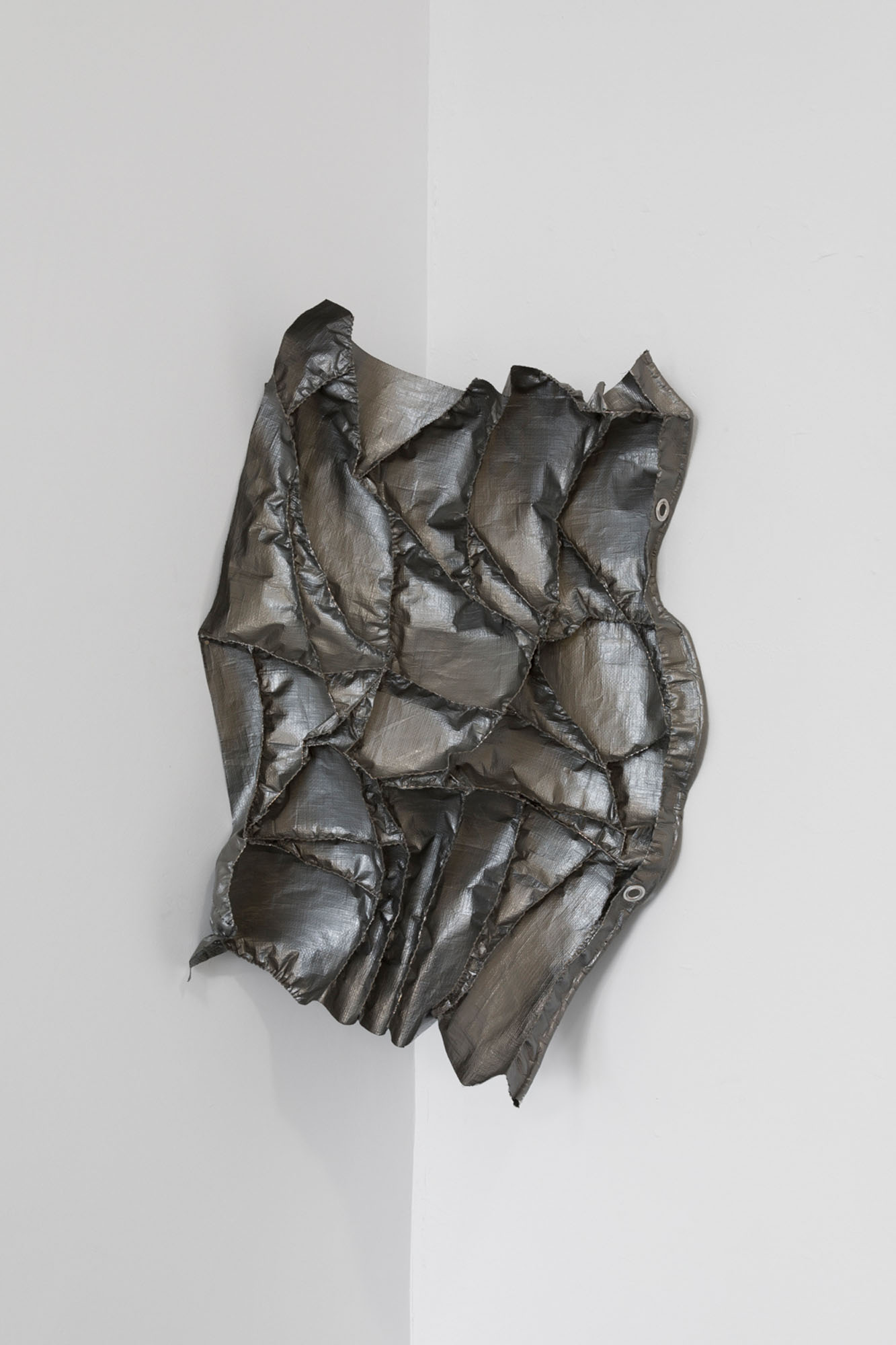
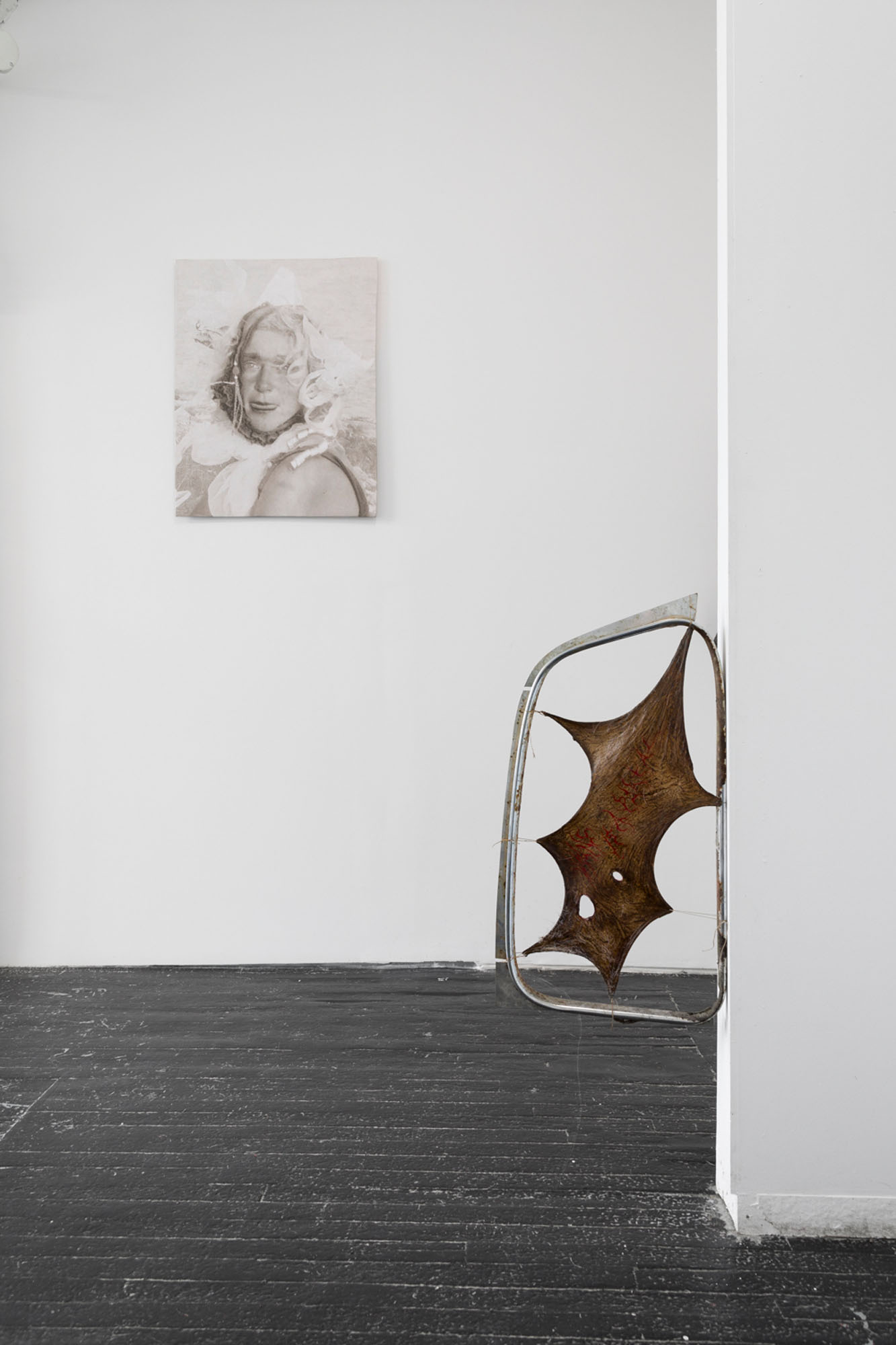
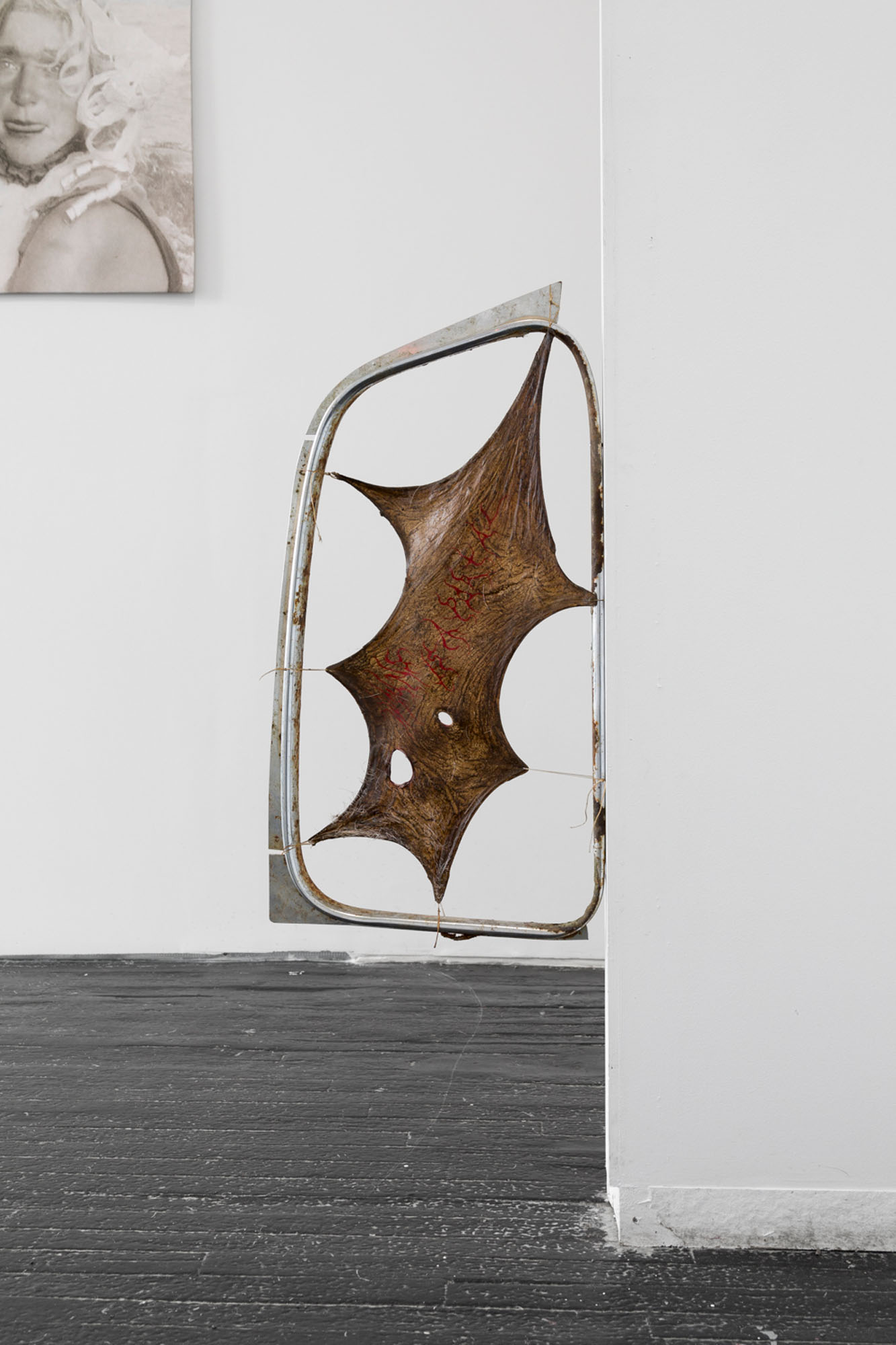
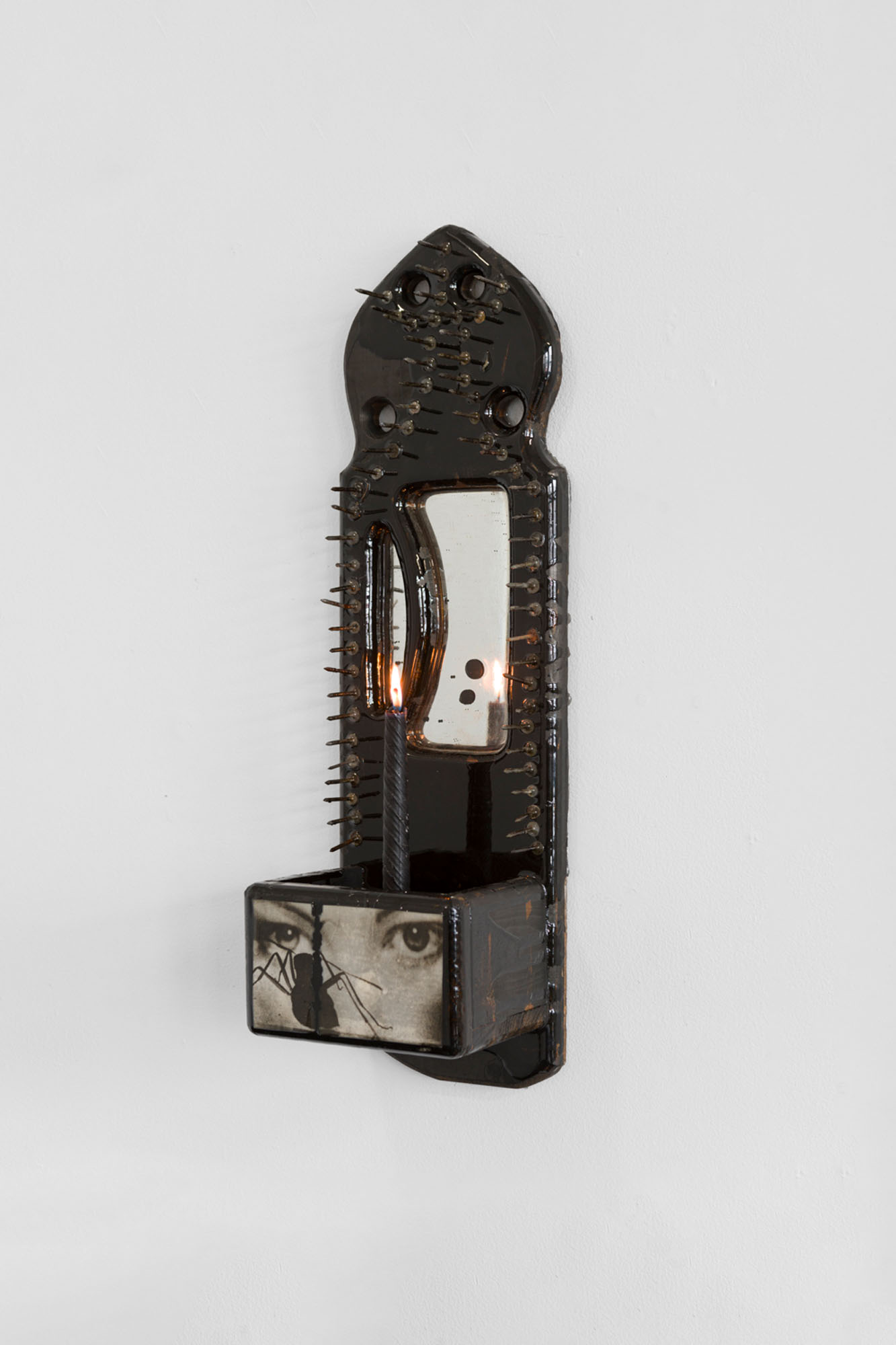
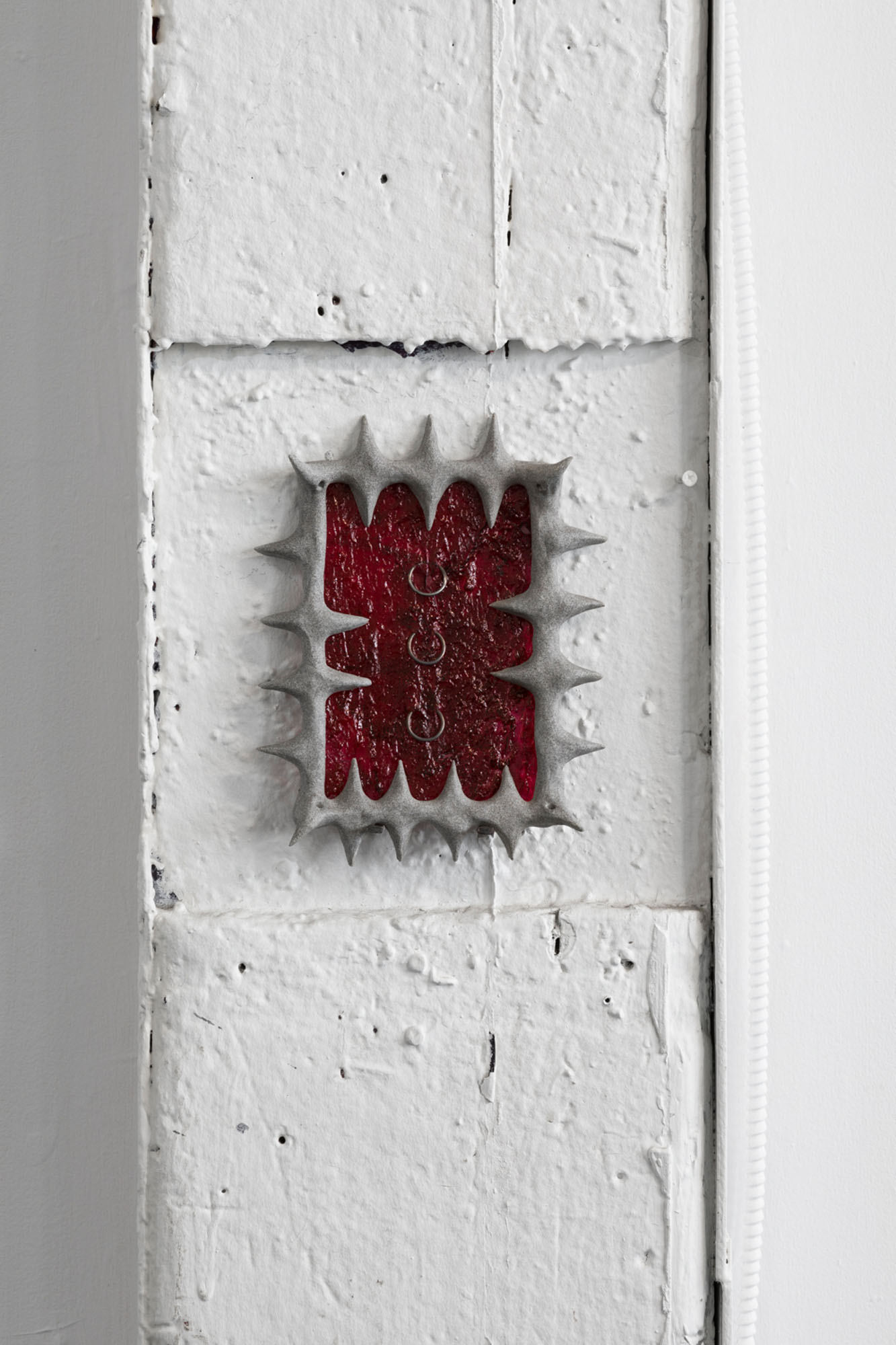
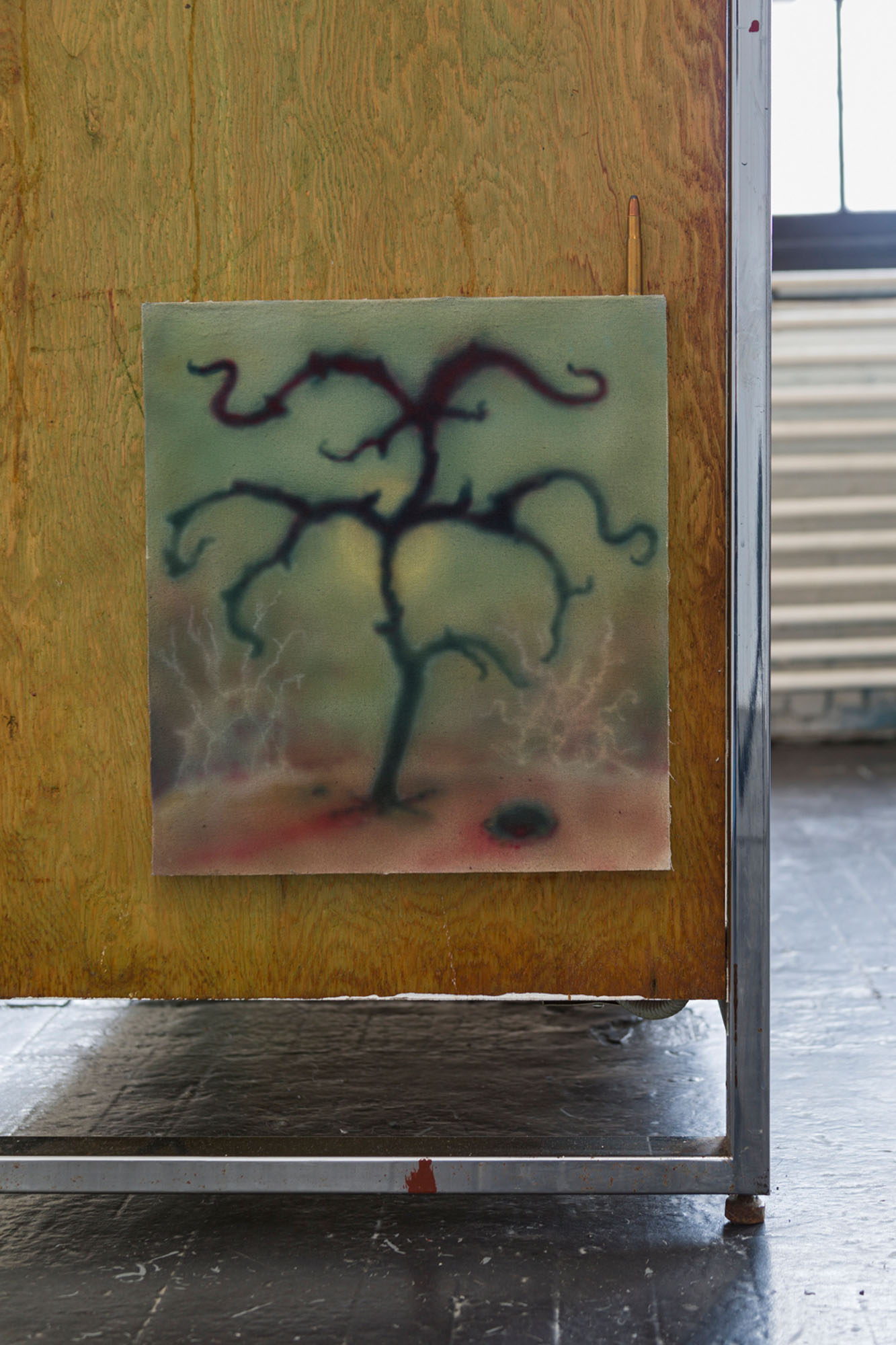
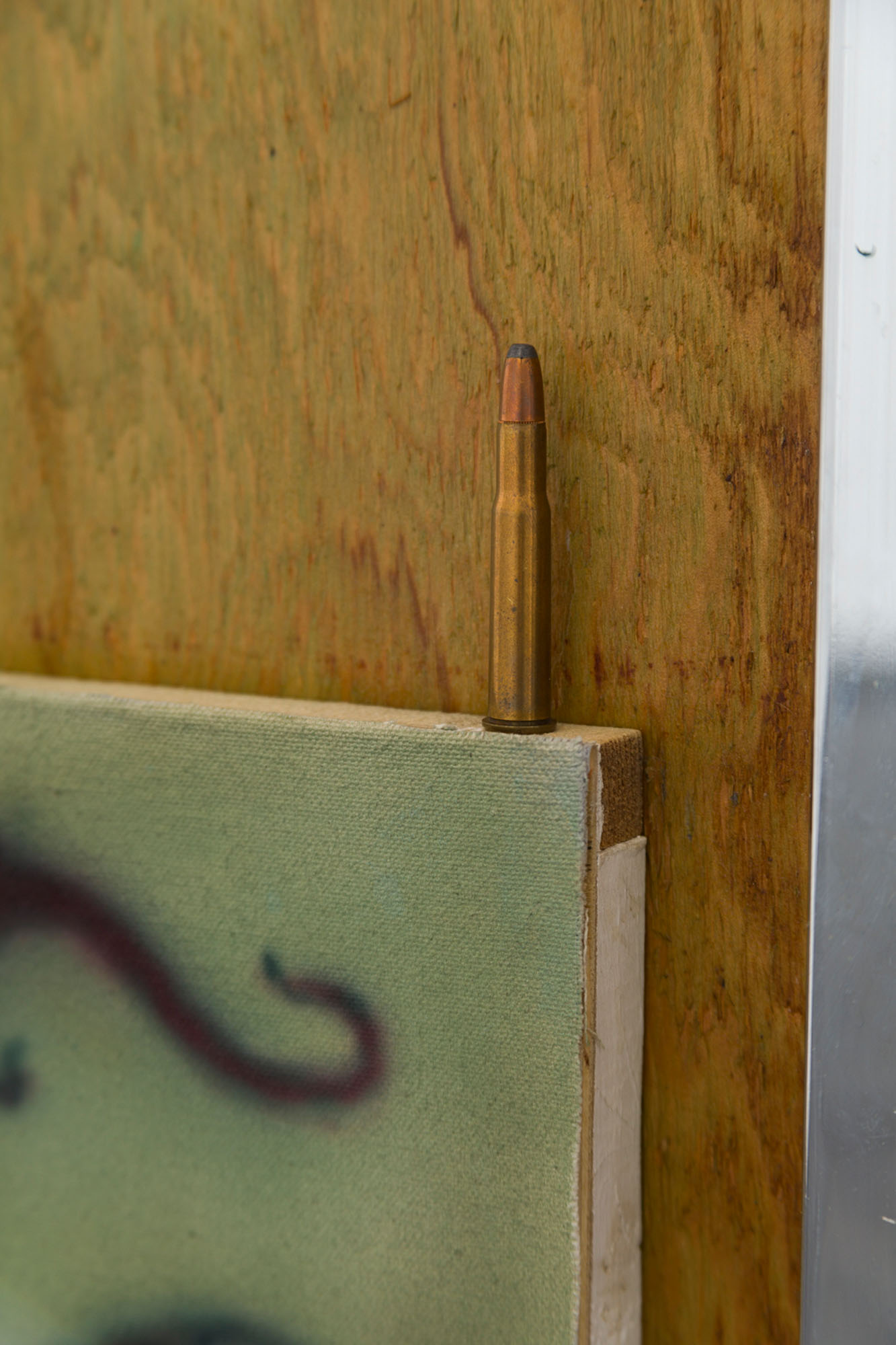
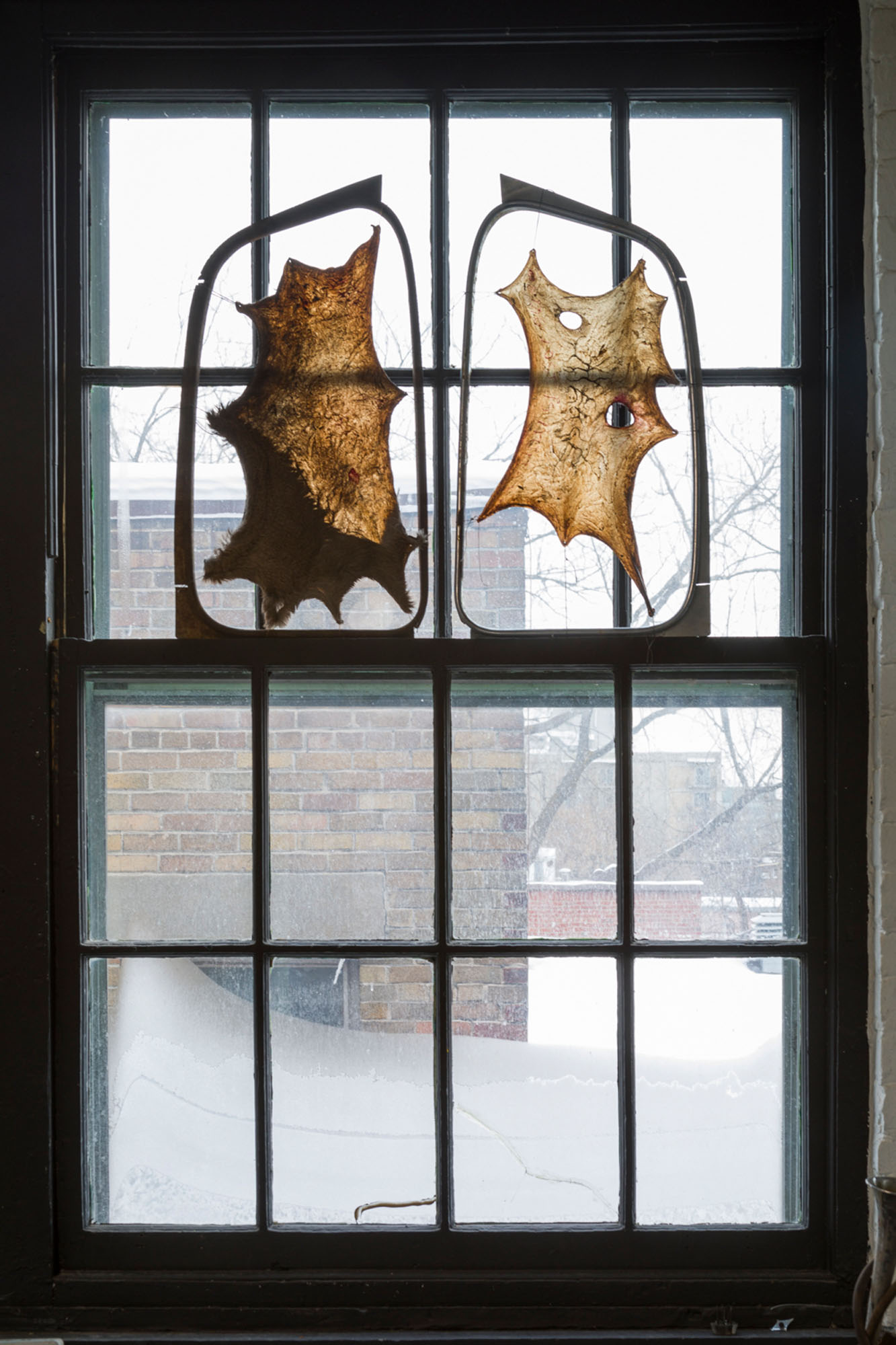
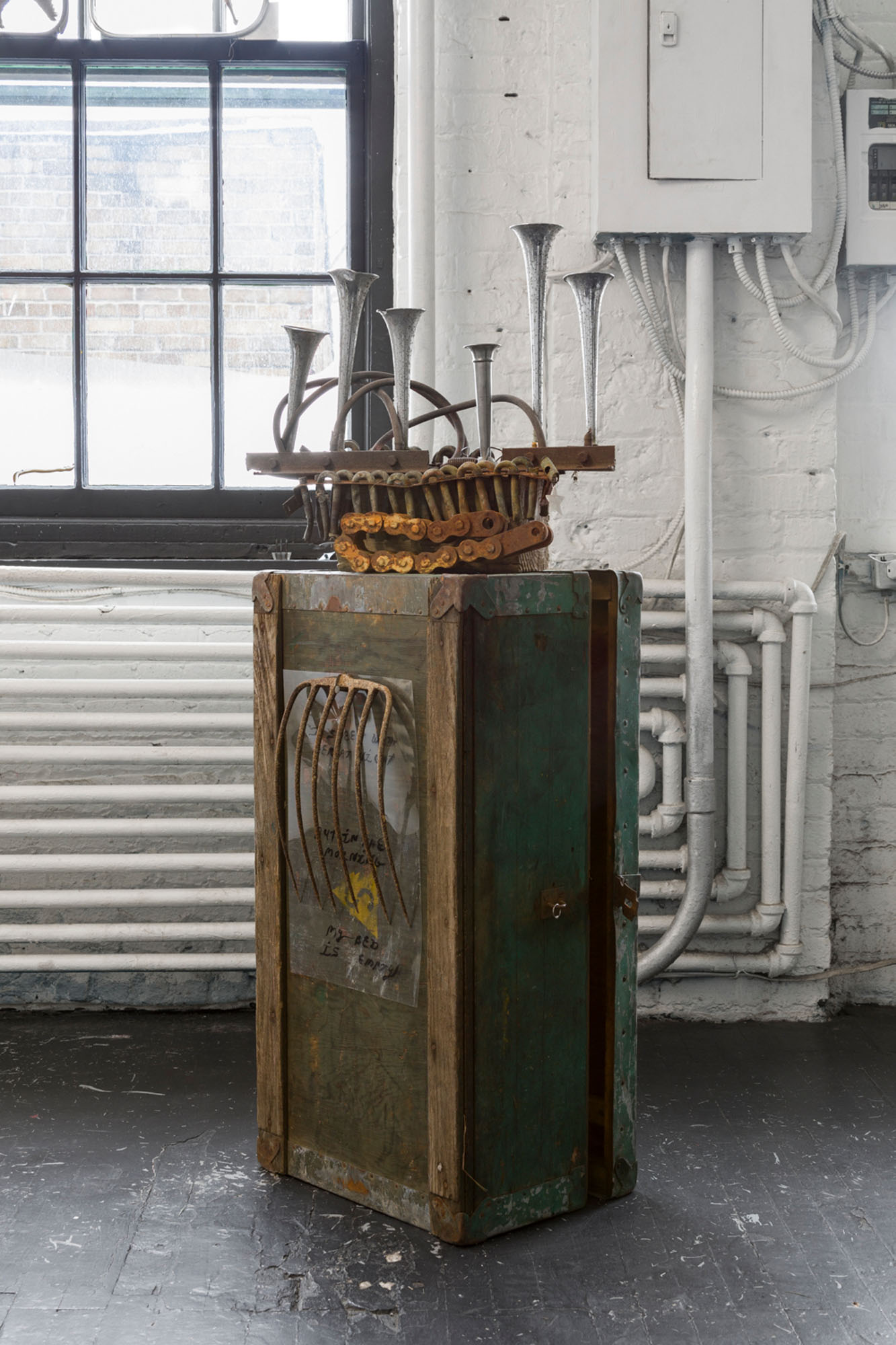

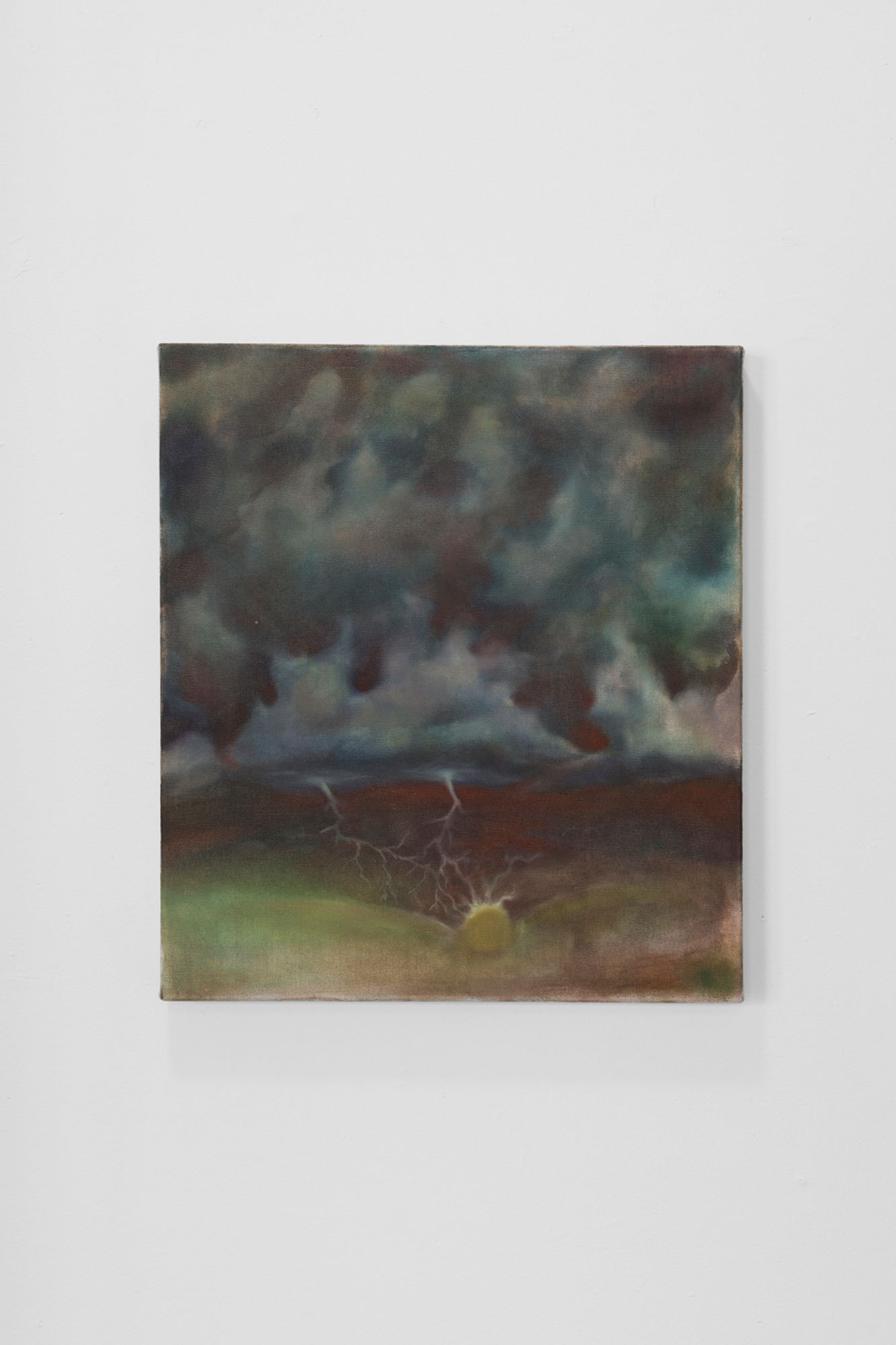
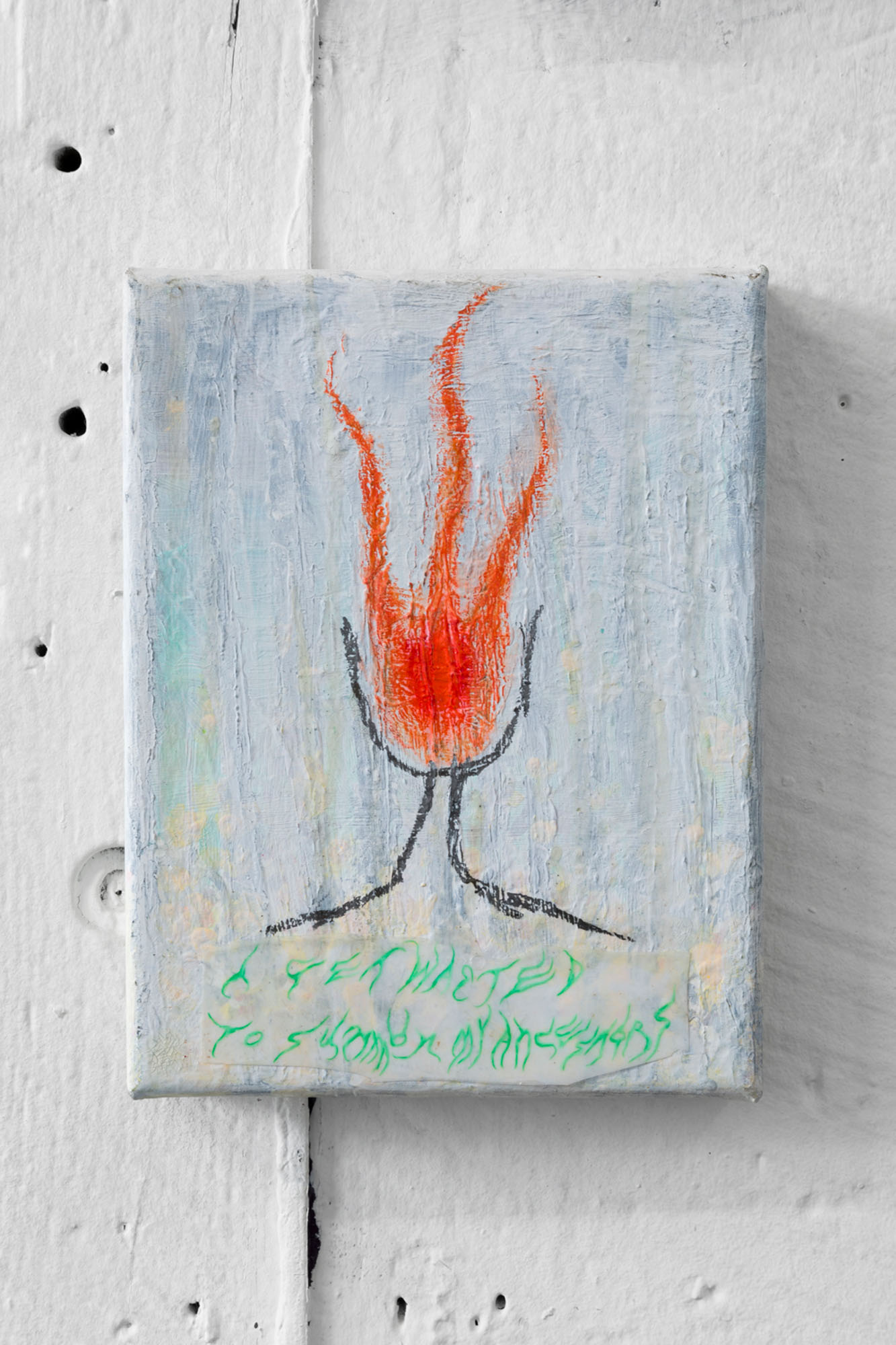
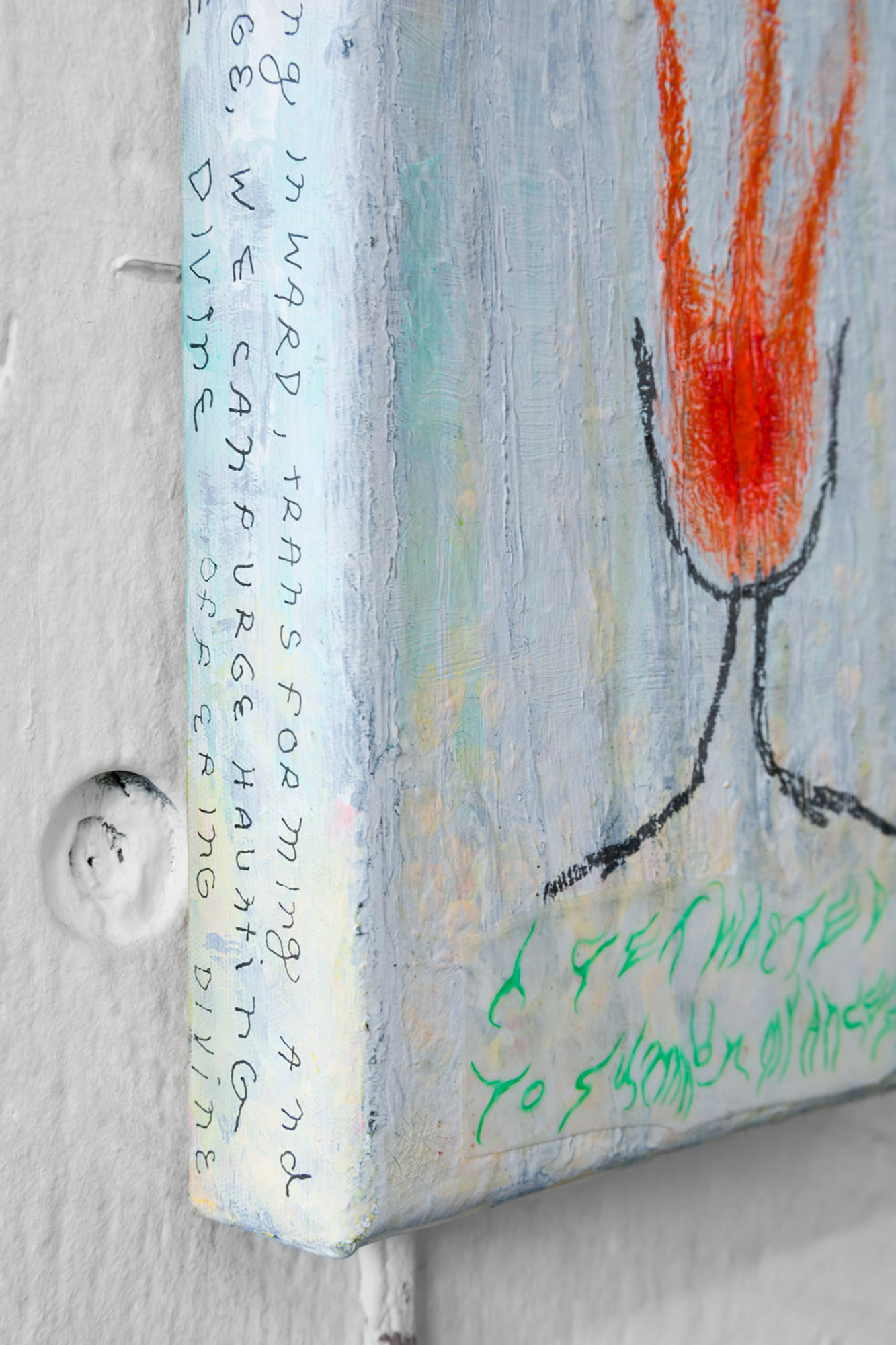
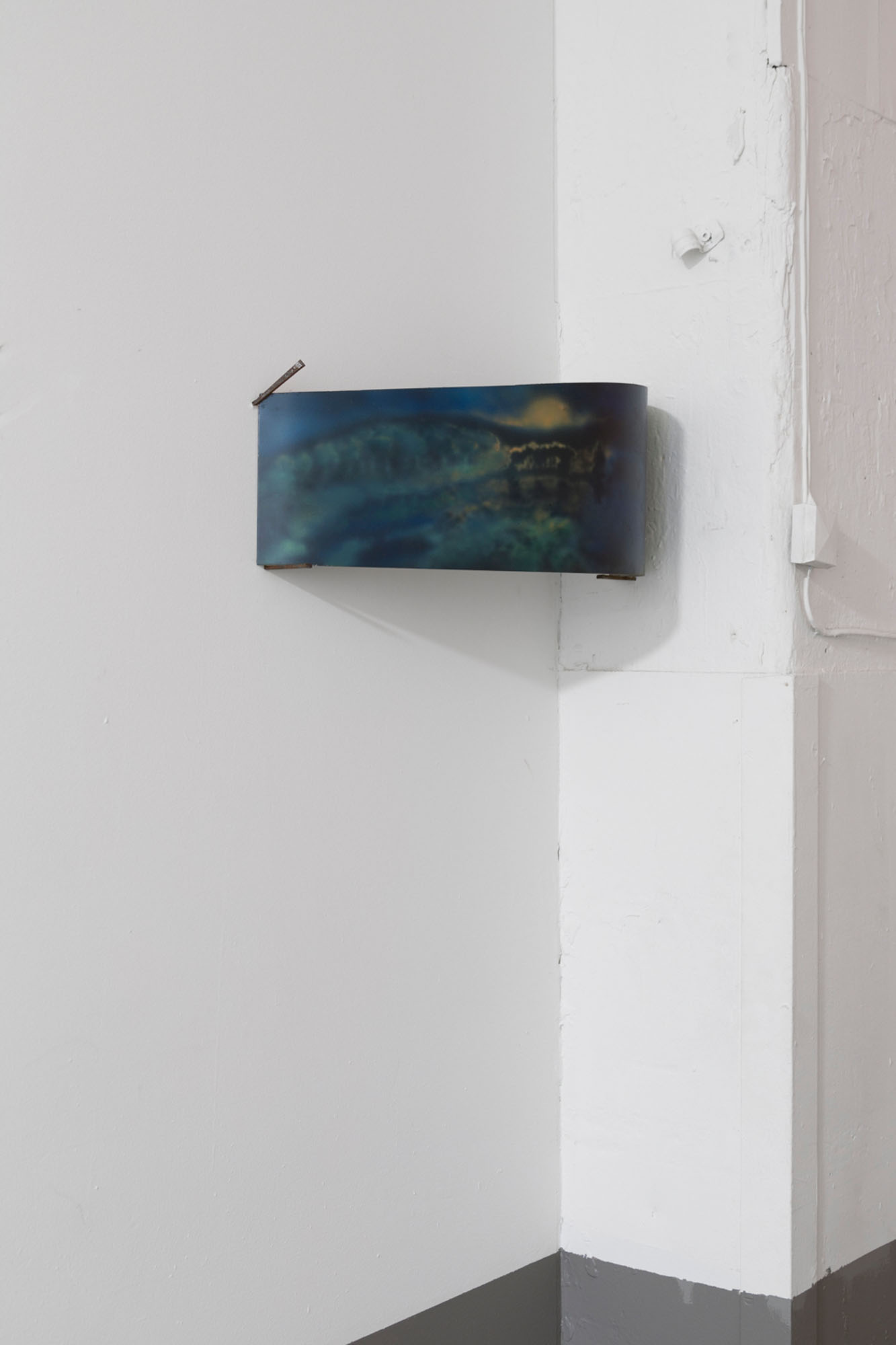
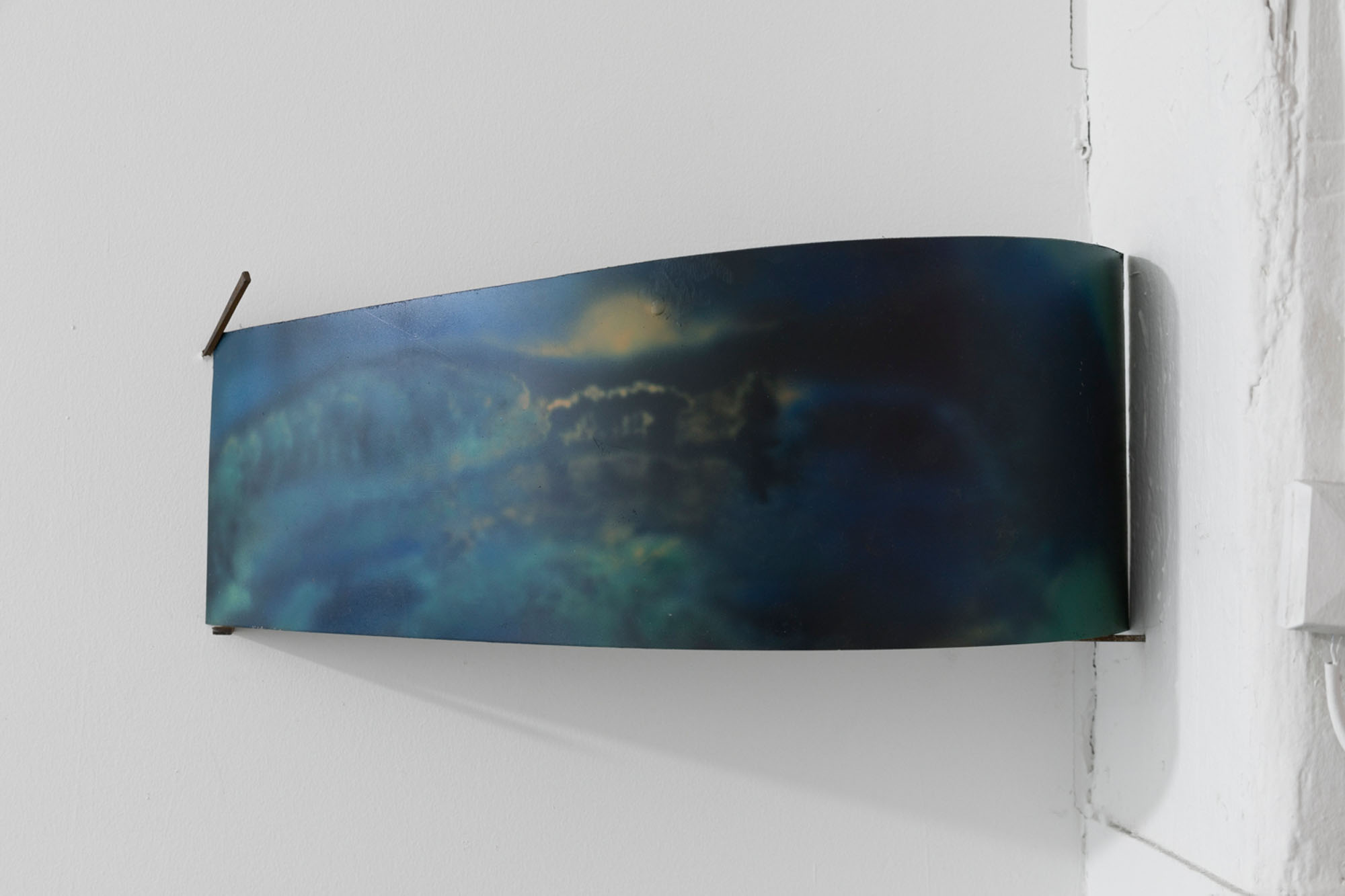
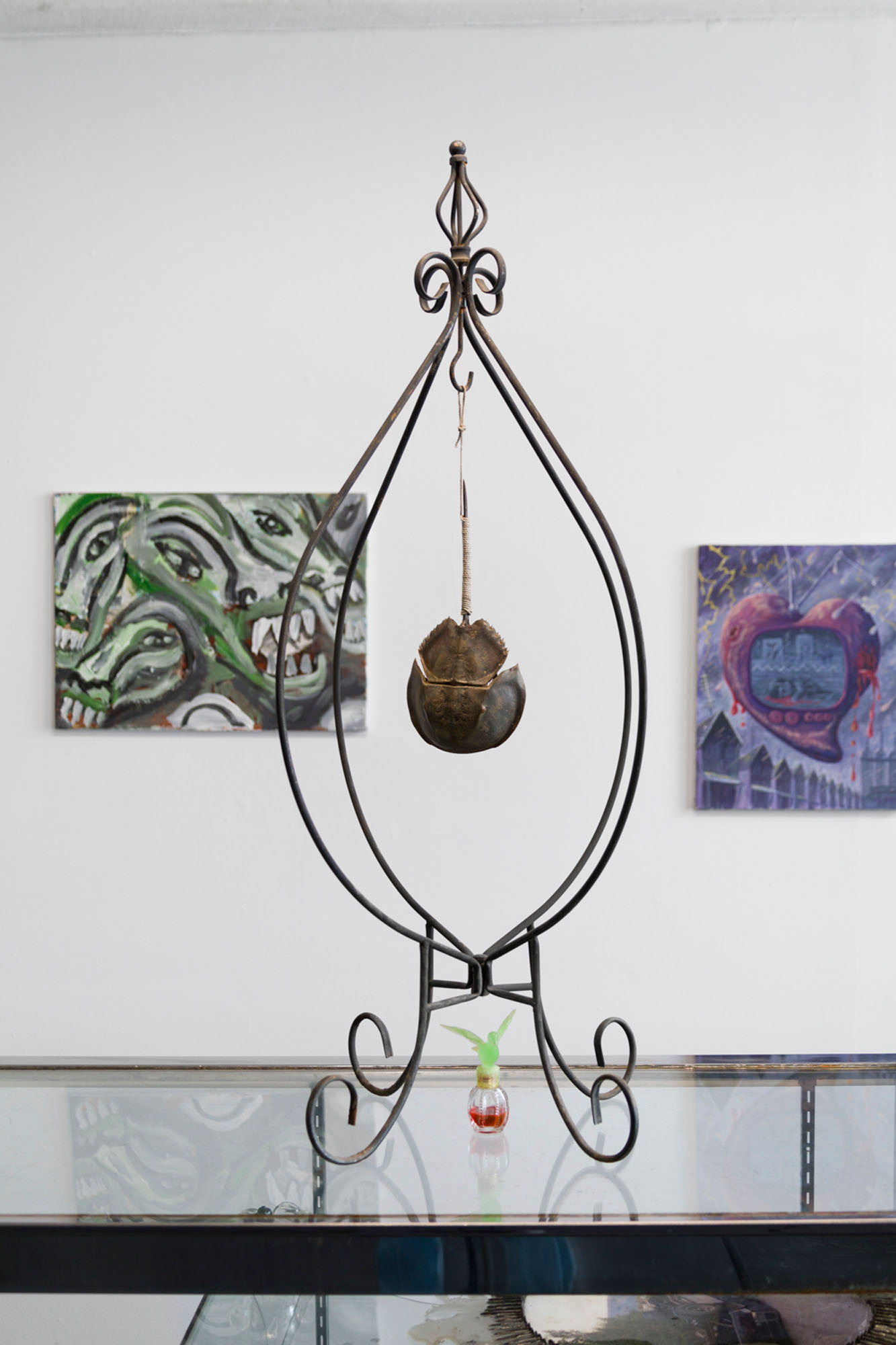
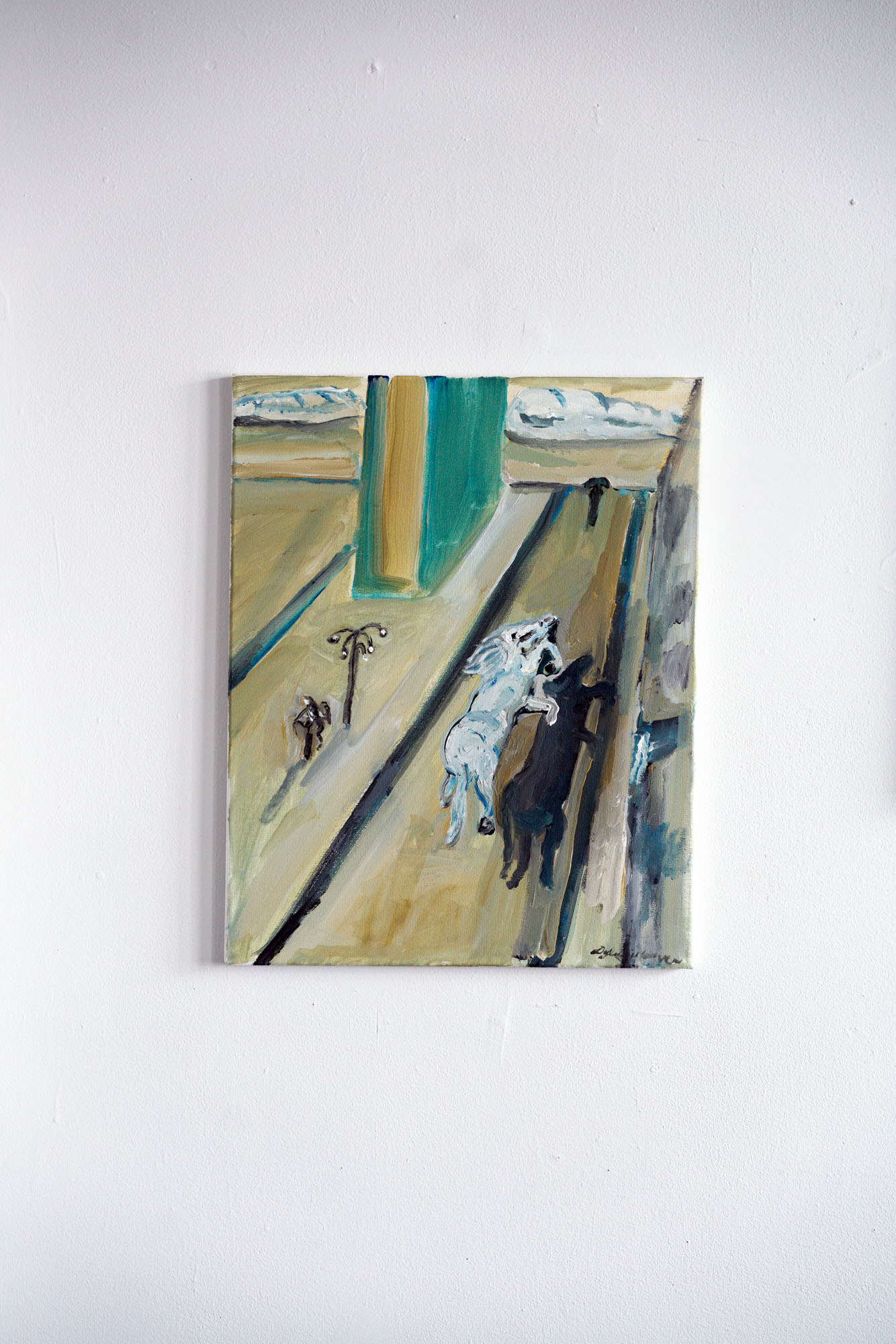
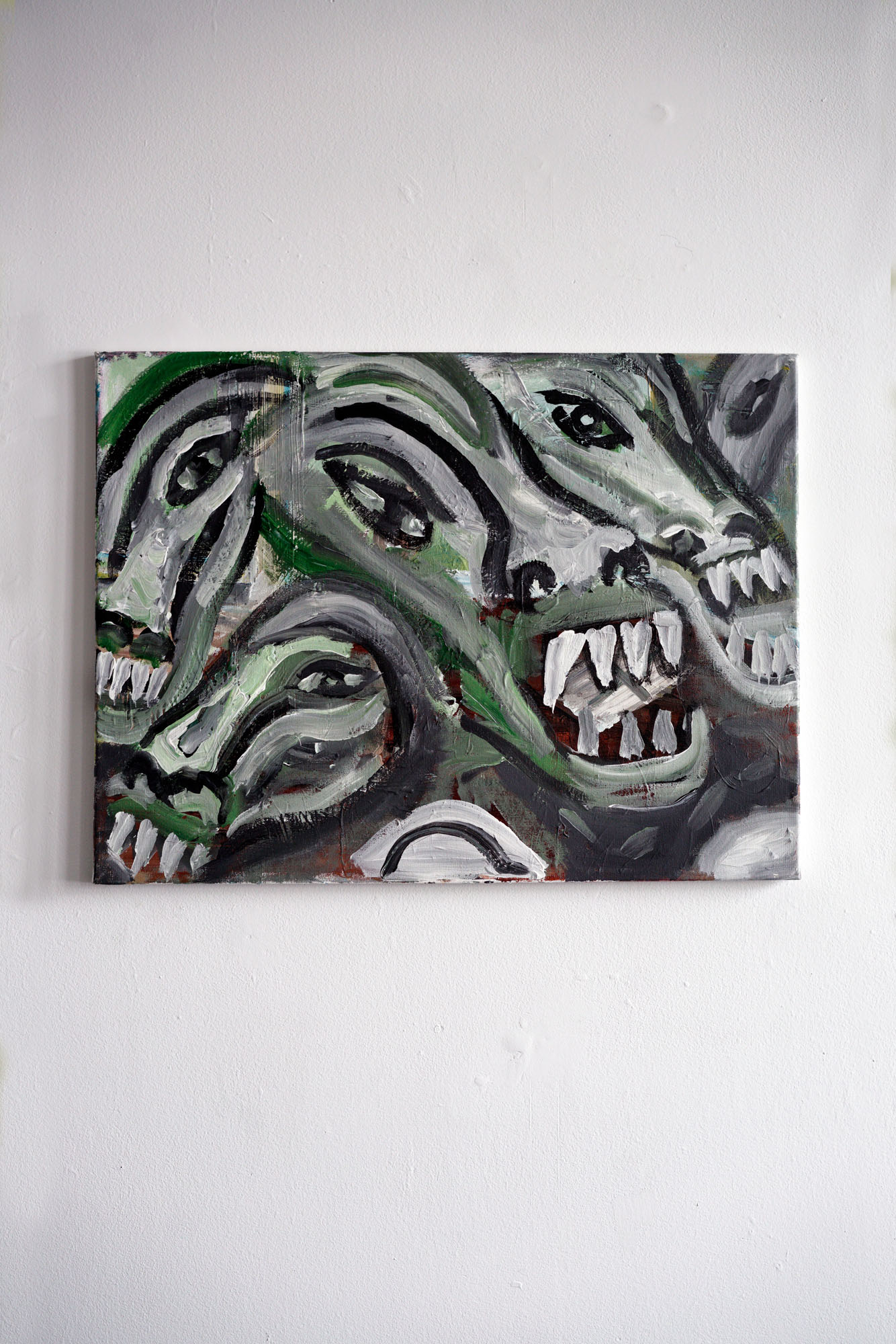
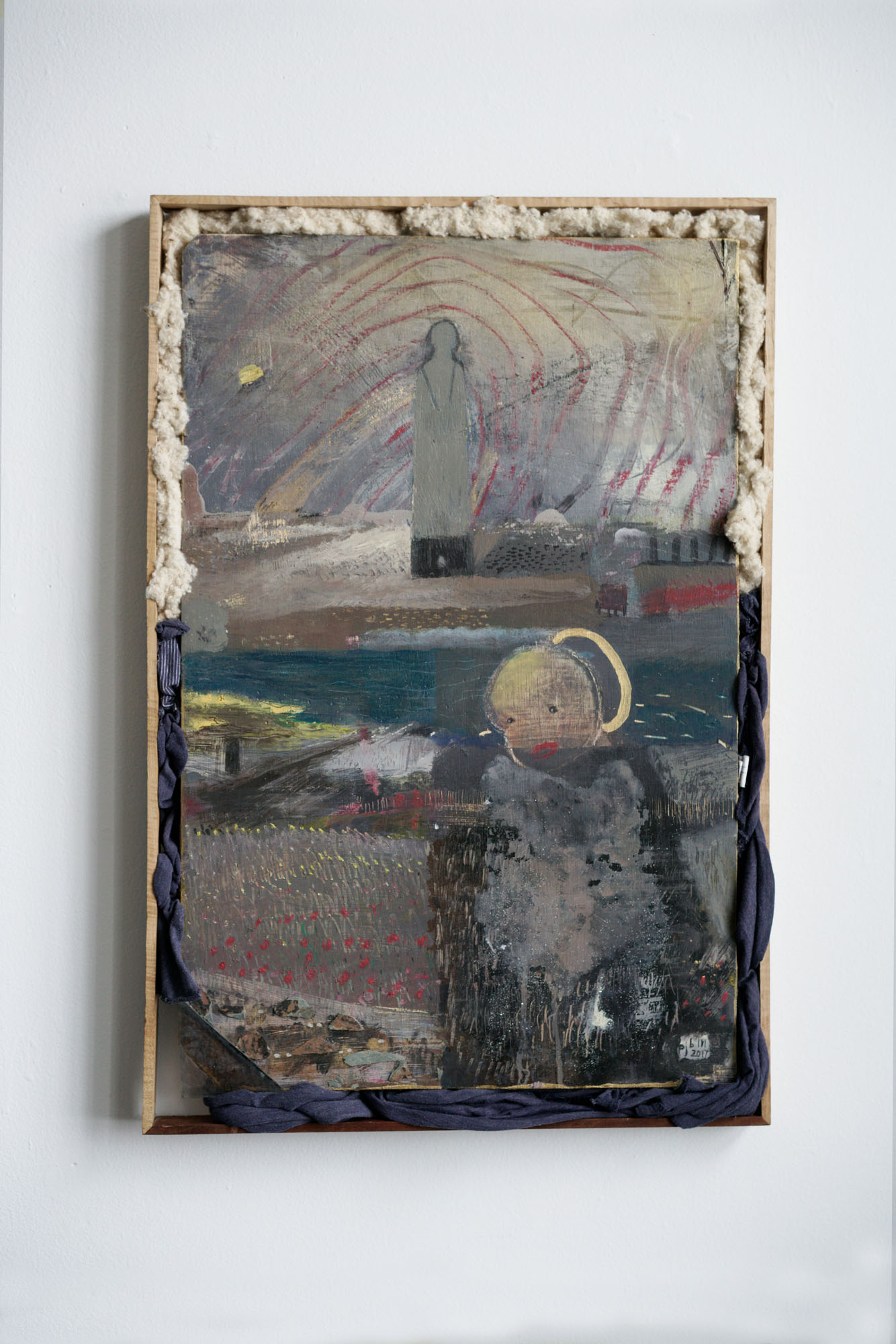
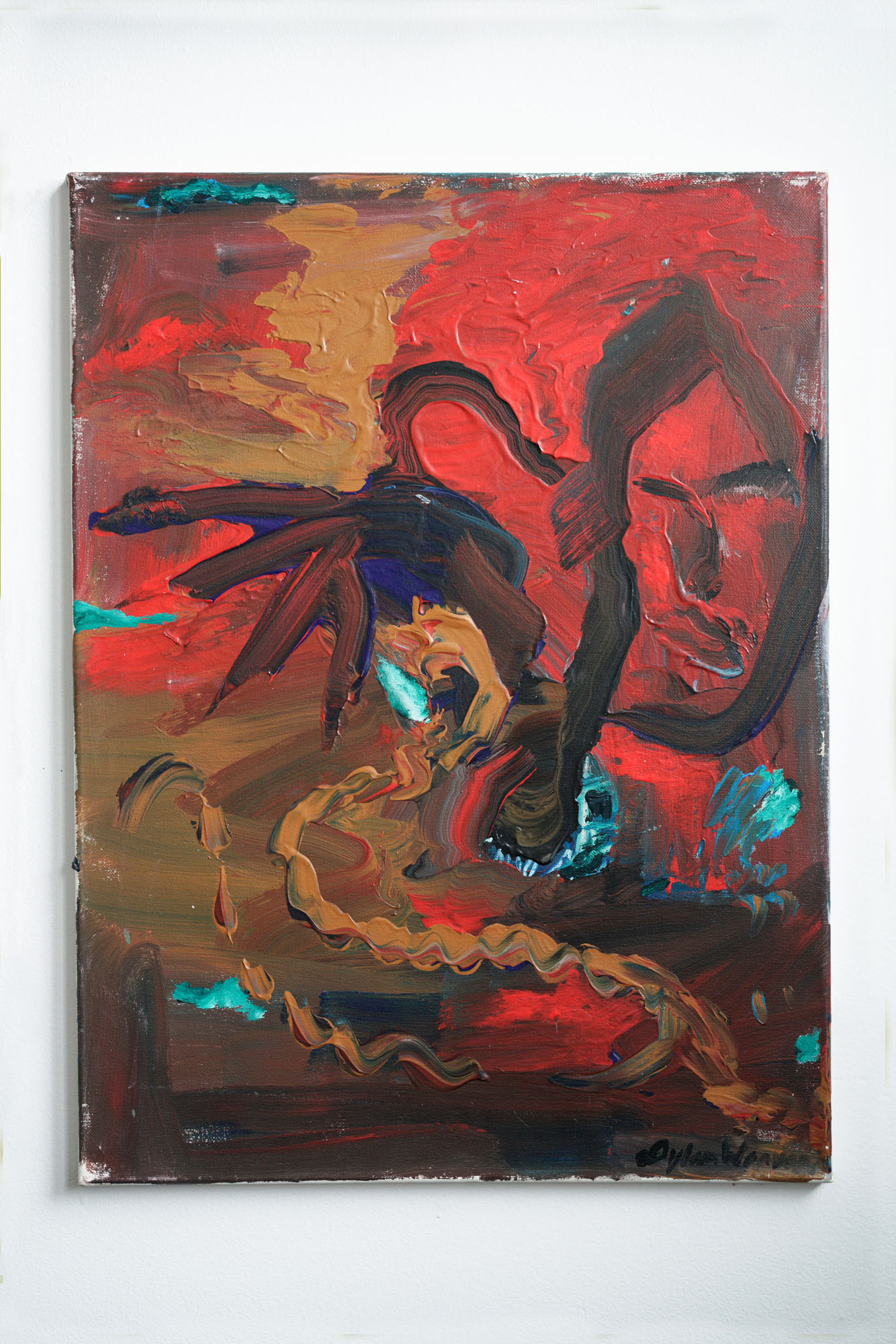
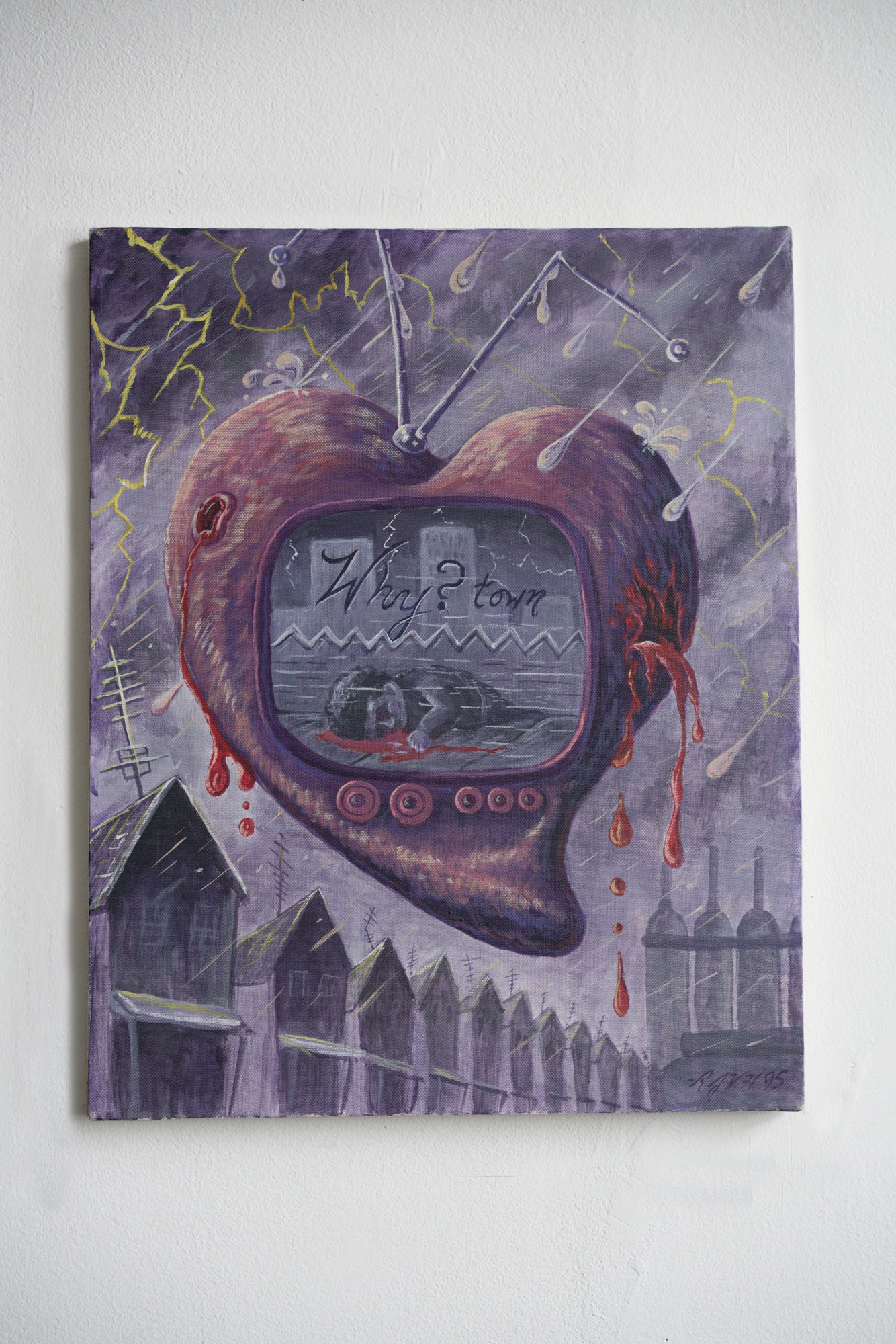
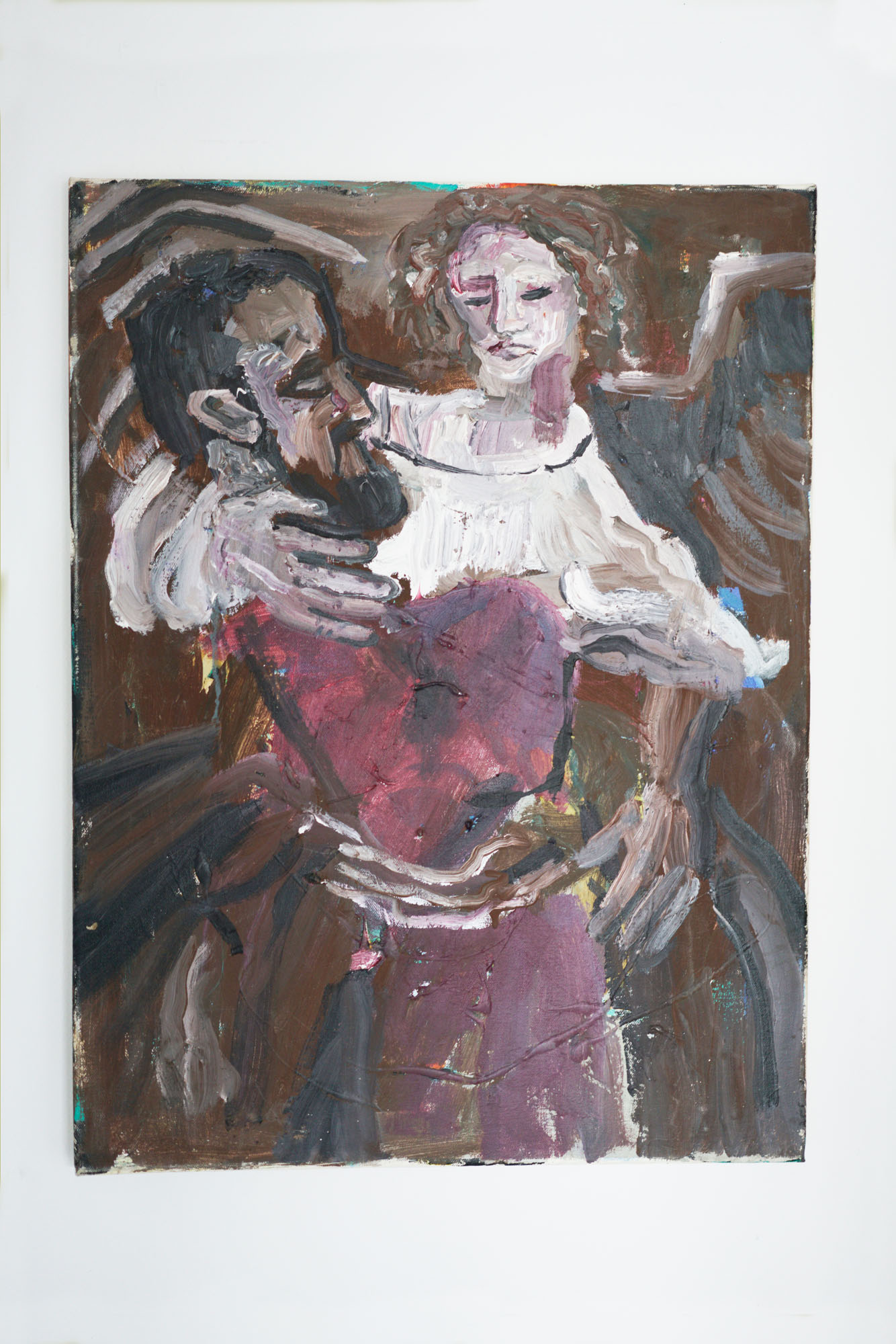
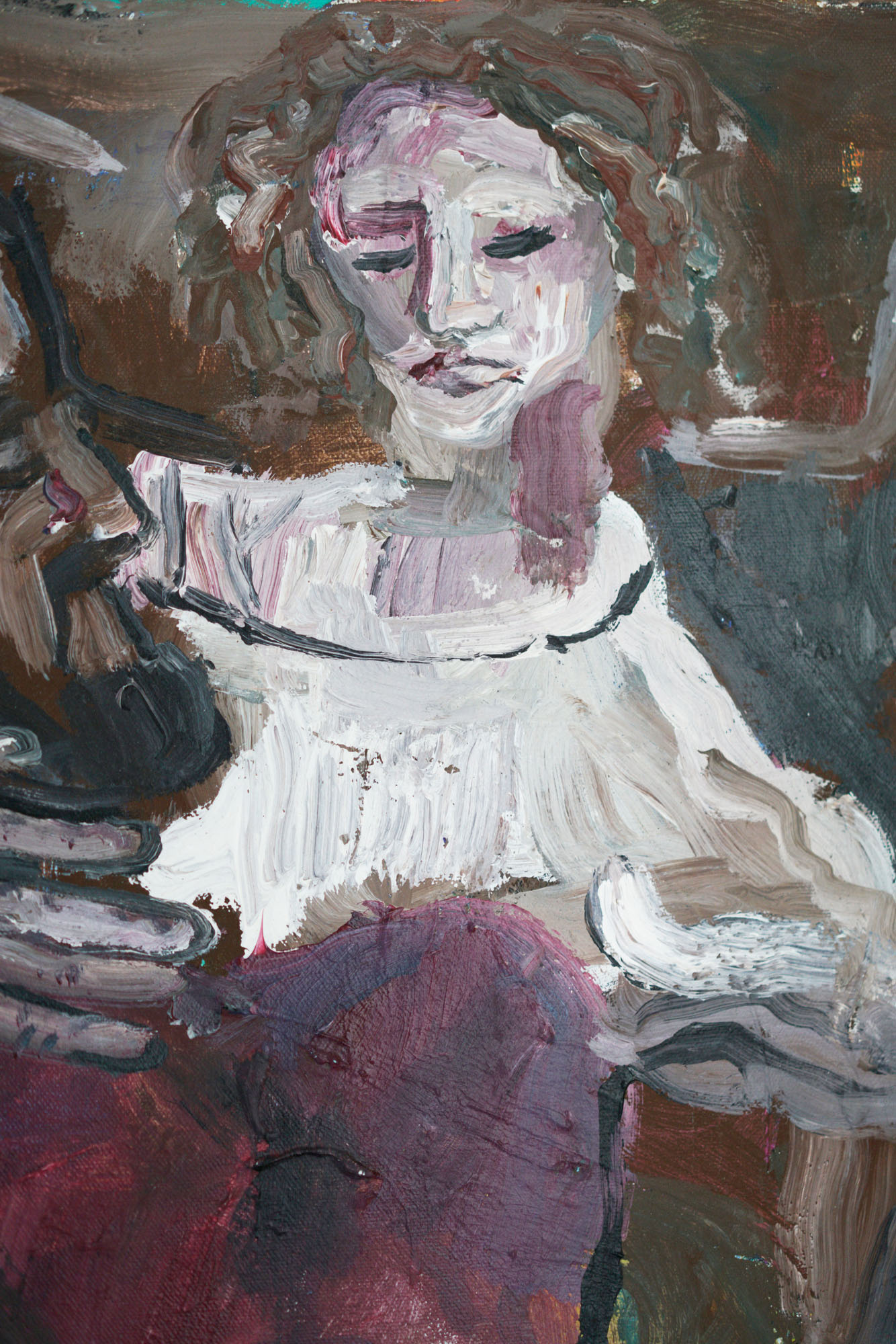
DATURA
Espace Maurice, Montreal
January 20 — February 17, 2024
Artists: Alex Patrick Dyck, Ariane Gagné, Cléo Sjölander, Dylan Weaver, Jason Van Hoose, Julien Parant-Marquis, Justin Apperley, Paul Jackson Burgess, Tom Roeschlein.
Curation: Marie Ségolène C Brault
Text: Marie Ségolène C Brault
Photography: Manoushka Larouche, Marie Ségolène C Brault / All images copyright and courtesy of the artist and the gallery.
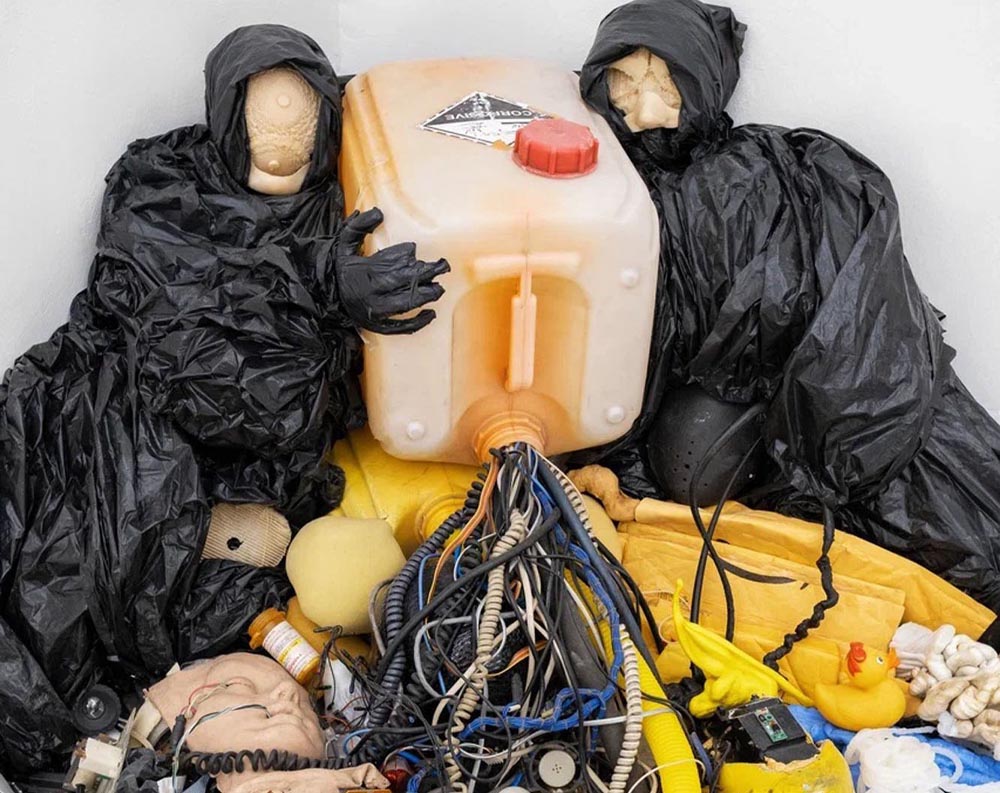
DUMP/MEDS
Group show @Scorcher Gallery, Tbilisi
READ MORE
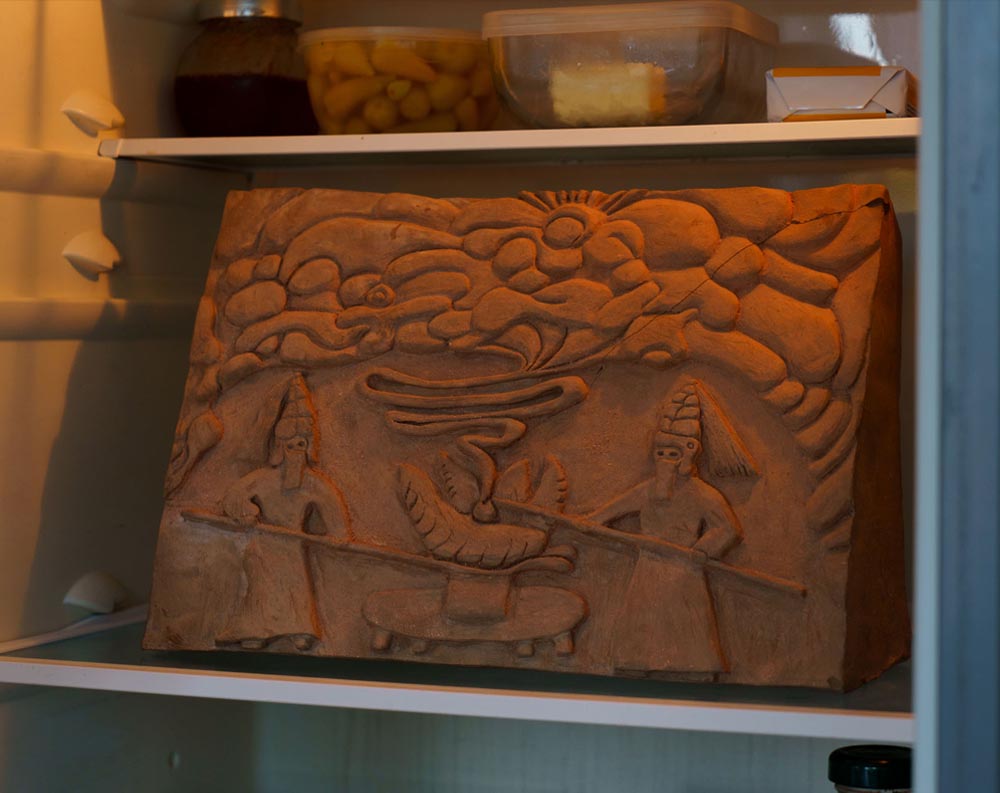
THE LAST OFF-SITE SHOW ON EARTH
Group show @Plague Space and everywhere (pt 1 off-site)
READ MORE
O FLUXO is an online platform for contemporary art.
EST. Lisbon 2010
Follow us:
@instagram
@facebook
O FLUXO
© 2023
